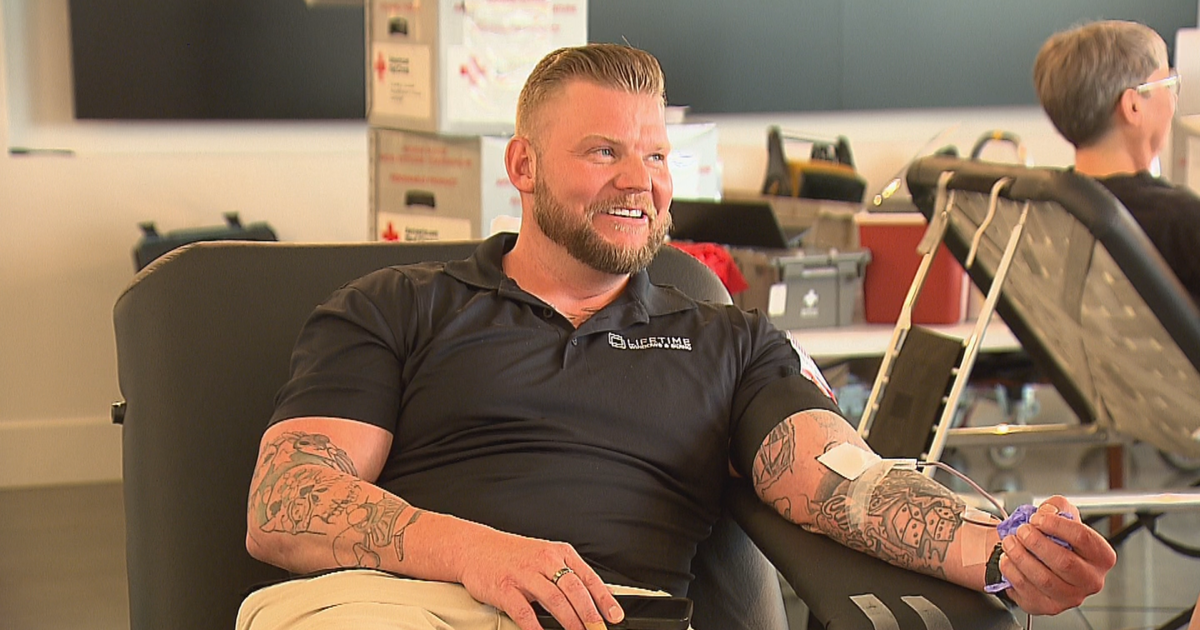A Not-So-Sweet Study For Your Kids
 When I first started out in medicine, I can't even remember ever seeing a youngster with Type II diabetes.
When I first started out in medicine, I can't even remember ever seeing a youngster with Type II diabetes.
In fact, we used to call it "adult-onset diabetes" since it was a disease that was most common in overweight people over age 40.
But as we see more younger overweight people- in other words little people who are not so little- the number of children with Type II diabetes is shooting up big time.
The latest number out this week shows 23% of children have either diabetes or pre-diabetes (a couple of blood sugar points from the full blown disease).
Think about that: almost one in four kids on the "My blood is too sweet" train. And it's a scary train to be riding, since having high blood sugar raises your risk of heart attack, stroke, kidney failure, blindness, and nerve damage. Maybe not now, but give them a decade or two and their life story will be an ugly one.
So what can you, as a parent, do today to save your child tomorrow?
Since Type II is generally caused by things such as too much weight, or too little activity, here's a few thoughts:
Look in the mirror. If you're more "expanded" than you ought to be, how does your kid see you as a role model.
Be active together. Even if it's a walk or bike ride after dinner, a little activity will be good for both of you.
Don't bring junk into the house. If it's there, you'll both eat it. That doesn't mean an occasional treat isn't okay- just make it occasional and small. For example, I love potato chips. Love them. So I get the little 100 calorie bags and you can bet I can eat just one.
Smaller plates and smaller portions. A small plate looks overloaded, and can help you eat less.
Use the scale. You don't need to go to the doctor for a childhood weigh-in. Just like a lot of people mark a wall to keep track of height, use a notebook or calendar to keep track of weight.
Speaking of calendars, they are great to mark off when you do something active-- or plan to do something active.
Eat together. A family that eats together eats less together.
No TV during dinner. The tube allows you to keep shovelling food without paying attention.
Obviously, these aren't magic answers, but just a few little changes can make some big changes around the waistline--- and your child will thank you as a healthier adult.



